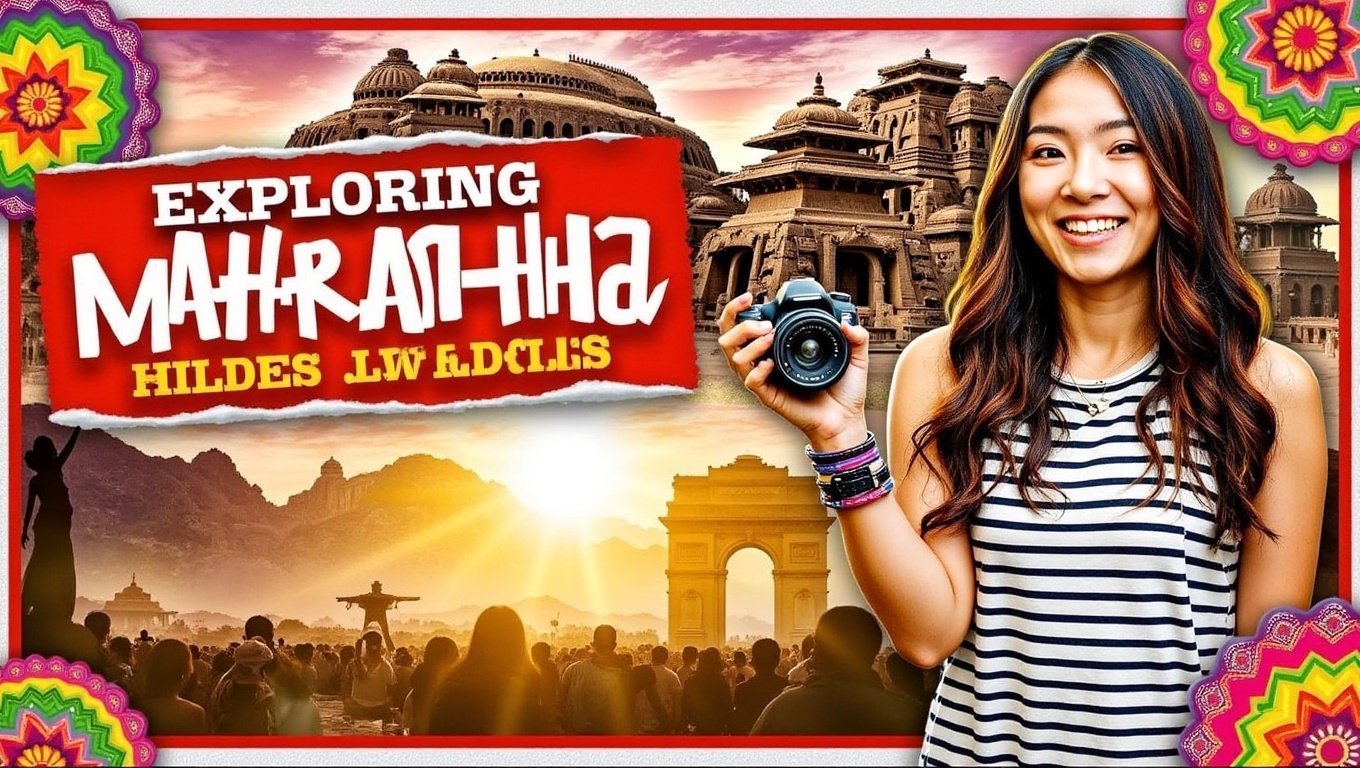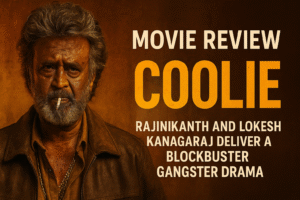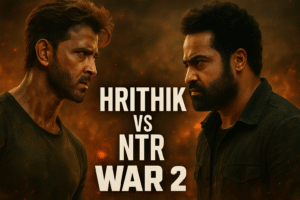The state of Maharashtra is the third largest state and the second most populous in India. Home to picturesque valleys, winding rivers and the mountains of Sahyadris, Maharastra has a lot to offer in terms of adventure tourism as well as a relaxed gateway. The beautiful coastal belt of the Konkan region has a charm of its own. One can find people of different religions and cultures in the state., a fact that has added to its unique culture. Apart from being known for its historical monuments, art and food delicacies, Maharashtra is also an important economic hub for India primarily due to the city of Mumbai. This is a large, populous and economically important state. From the capital Mumbai most traveller’s head south to the beaches of Goa, south-east to pune and its famous ashram, or northeast to the World Heritage-listed cave temples of Ajanta and Ellora. The state also has some interesting ruined forts, mostly associated with the Marathas.
Maharashtra dominates the heart of the Peninsula. With over 500kms of coastline, from Daman in the north to Goa in the south, it stretches over 900kms east to the edge of the Chota Nagpur plateau. There are some beautiful and fascinating sites. The earliest of the world famous frescoes and cavings at Ajanta and Ellora caves date from the 2nd century BC. Along the seacoast there are wonderful ruined forts built by the Marathas and the Portuguese, while Maratha forts are also perched precariously on the hilltop of the Western Ghats. The sprawling sugarcane and cotton belts of Kolhapur and Vidharba are here too.
Highlights : Aurangabad, Ellora, Ajanta, Historic Forts, Mahabaleshwar, Melghat Santuary Tadoba National Park
History
Over the centuries, Maharashtra was ruled by diverse dynasties. each adding to the cultural flavour of the region and leaving behind their own distinctive marks. Ranging from new monuments, a peculiar tradition, or simply, an altered way of life. The Satavahanas made Paithan the capital and the Rashtrakutas, Kalachuris, Chalukyas, Shilhara, Yadava and Gupta dynastics all ruled variously, yet combined to mould the ethos of a people who would later be called the ‘Maharashtrians’.
In the 12th century, Maharashtra was one of the main condults for the spread of Hinduism. Through a peaceful yet powerful revolution, motivated largely by devotional songs, the bhakti or devotional school of Hinduism, spread from south to north India through the poet-saints of Maharashtra, became a recognised centre of the bhakti movement.
The Maharashatrian poet Dnyaneshwar who is considered the founder of the bhakti movement, is the best known for his epic, Dnyaneshwari. An interpretation of the Bhagwad Gita, this combination of philosophy, poetry and mysticism was written in Marathi rather than the elitist Sanskrit, which made it more accessible to the masses.
Perhaps the best known poet-saint of the time was Ramdas, who, with zealous activism, encouraged the integration of people who shared linguistic, cultural and traditional traits. Ramdas provided the philosophical bedrock for the campaigns of Shivaji, the legendary Maratha warrior who remains an icon representing Maharshtrian pride to this day. The 17th century heralded the sudden rise in power of the Marathas-the hardy Marathi speaking Hindu warriors of the region who ruled from 1646 to 1680 under the leadership of Shivaji. The great Maratha leader ensured that his people remained the dominant class in this powerful Hindu region through military strength and amazing leadership qualities, he created an independent kingdom for himself.
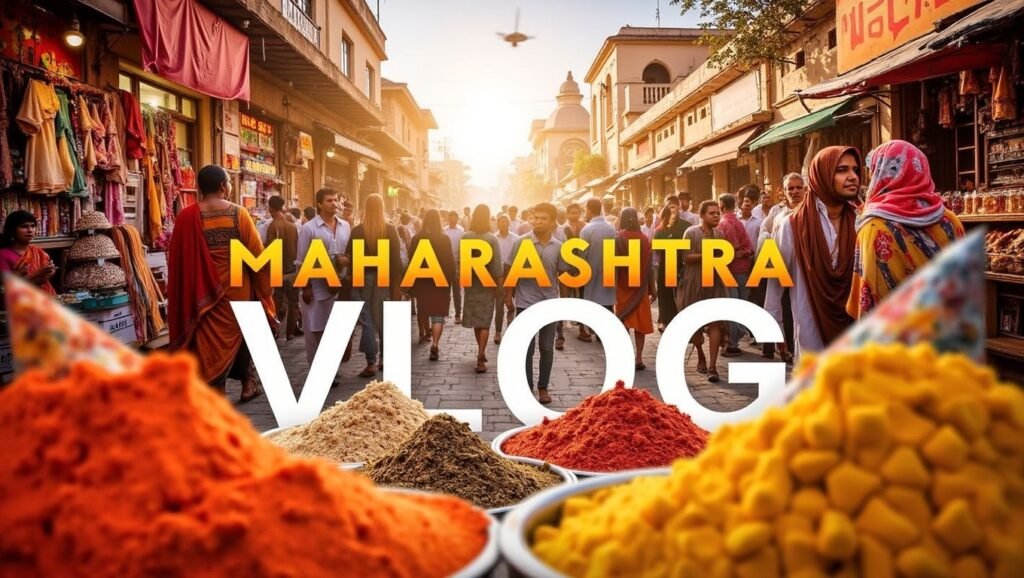
Table of Contents
Festivals of Maharashtra
Gudhi Padva: Marathi name for Chaitra Shukla Pratipada. It is celebrated on the first day of the Chaitra month to mark the beginning of the New year according to the Hindu calendar.
Naag Panchami: Jul/Aug Pune, Kolhapur A traditional snake-worshipping festival.
Ganesh Chaturthi: Sep, Pune Celebrated with fervor all across Maharashtra, Pune goes particularly hysteric in honour of the elephant-headed deity.
Dussehra: Sep & Oct) A Hindu festival, but it also marks the Buddhist celebration of the anniversary of the famous humanist and Dalit leader BR Ambedkar’s conversion to Buddhism.
Dr. Bhau Daji Lad Museum
The Dr. Bhau Daji Lad Mumbai City Museum is the oldest museum in Mumbai. Situated in the vicinity of Byculla Zoo, Byculla East, it was originally established in 1855 as a treasure house of the decorative and industrial arts, and was later renamed in honour of Dr. Bhau Daji Lad.
Dhobi Ghat
Dhobi Ghat was an open air laundromat in Mumbai. The washers, known as dhobis, work in the open to clean clothes and linens from Mumbai’s hotels and hospitals. It was constructed in 1890.
The Taj Mahal Hotel
The relevance of Gateway of India is incomplete without mentioning the majestic Taj Mahal Hotel. The original red-domed hotel has been adjoined by a modern skyscraper. This majestic hotel, a Mumbai institution, overlooks Apollo Bunder and has good views of the Gateway from its top-floor. The Parsi industrialist JN Tata built it in 1903, supposedly after he was refused to entry into one of the European hotels on account of being ‘a native’.
Colaba
Occupying the city’s southernmost peninsula is Mumbai’s most vibrant and fashionable suburb, Colaba. South of the Gateway of India is the crowded southern section of Shahid Bhagat Singh Marg (Marine St) which leads to Colaba. The southern end of the causeway is famous of the many well-known art galleries in Mumbai.
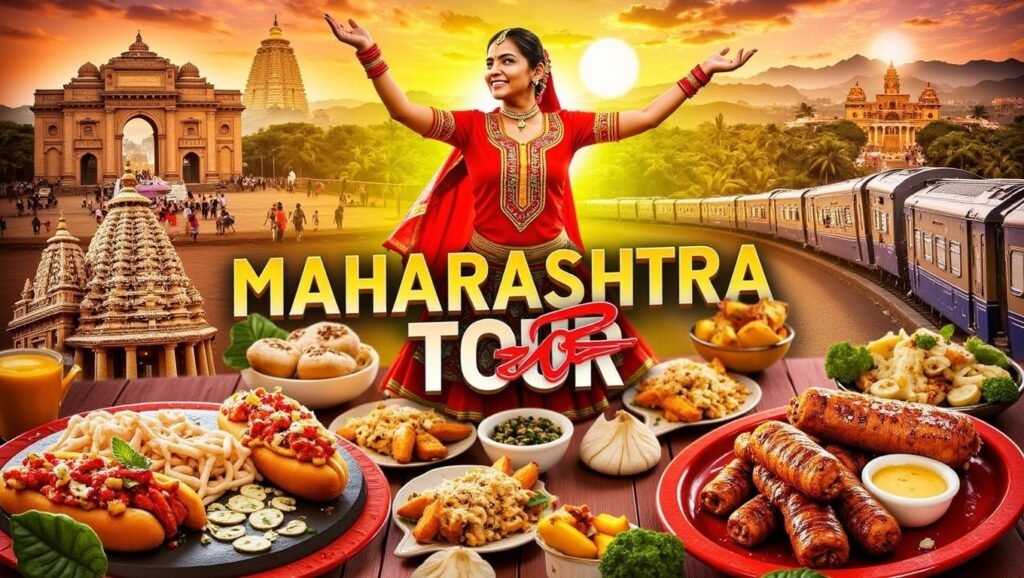
Mahalaxmi Temple
Quite near to Haji Ali and visible from it is the famous Mahalaxmi temple. A very popular Goddess in this financial capital of India. According to legend, when the British were constructing a sea wall joining Malabar Hill and Worli at the end of the 18th century, the local Hindu contractor claimed that the Goddess appeared in his dreams and blessed him with success if he rebuilds her temple. Amazingly enough, a statue of the goddess was unearthed during the construction of the wall. The contractor was granted land neraby, wherin he built this temple, which stands to this day.
Chowpatty Beach
For a city built on islands, Mumbai has no shortage of beaches. The most popular amoung them is the Chowpatty Beach. It comes to life as the sun goes down. Masseurs, transvestites, ballons, sellers, gamblers, fortune-tellers, magicians, drug-peddlers, ferries-wheels, shooting galleries…You’ll find them all here. Eating at the long line of stalls at the edge of the beach is an interesting experience for the public.
Mani Bhavan
Quite near the August Kranti Maidan, at 19, Laburum Road is Mani Bhavan. The house where Mahatma Gandhi used to stay during his visits to Mumbai. The place has been turned into a small museum. There’s a photo exhibition consisting of major incidents in Gandhi’s life and a good collection of books by or about Gandhi. It’s open daily from 9.30 am to 9.00 pm.
Pan Chakki
A 17th century watermill that takes its name from the mill which used to grind grain for the pilgrims. The water distribution system built in 1695 was the engineering feat of Malik Ambar, architect of Aurangabad city. The watermill is fed from a large rectangular reservoir. This has an artificial cascade on one side which supplies water to the north-west corner of the mill. In 1624, a sufi saint, a spiritual guide to Aurangzeb, was buried here. The gardens with its several fish tanks serve as his memorial.
Fort Bassein
Fort Bassein, also known as the Vasal Fort or Fort Bacaim, is the English version of the Portuguese ”Bacain”, itself a version of an apparently native name that may have a connection to the Vasa Konkani tribals of the North Konkan region. The Marathi name of the place is Vasai. The full form of the portuguese name is ”Fortaleza de Sao Sebastiao de Bacaim” or the Fort of St. Sebastian of Vasai. The fort is a monument of national importance and is protected by the Archaeological Survey of India. The fort and the town are accessible via the Vasai Road railway station which itself is in Navghar-Manikpur, a part of the city of Vasai-Virar, and lies to the immediate north of the city of Mumbai and Mira Road in Bhayandar. The Vasai Road railway station is on the Western Railway line in the direction of the Virar railway station.
Shivneri
Shivaji’s birthplace is approchable from kalyan via Malshej Ghat. Get down at Junnar (base village), Shivneri is 8 kms. from Junnar.Shivaji’s birthplace is approachable from Kalyan via Malshej Ghat. Get down at Junnar (base village), Shivneri is 8 kms. from junnar.
Sinhgad
25 kms. from Pune in the South-West direction lies the intimidating Bhuleshwar range. And, stradding the range, atop a steep precipice lies the majestic fort of ‘Sinhgad’. literally meaning ‘the fort of the lion. An important fort, it has an history that echoes with the bravery of Shivaji’s able general, Tanaji Malusare. Legend has it that in the dead of the night, Tanaji with a band of hardy Mavalas scarled the 3000 ft. high sheer precipice using ropes and more unusually trained giant lizards (Ghorpad). These giant lizards had ropes tied to their bodies, which trailed down for the warriors to climb up. The Mughals were caught completely unwares by the attack on the Western front and were vanquished. Unfortunately, Tanaji lost his life in the ensuing battle. It was from this place that Shivaji made his celebrated attack on Shaistekhan in Pune.

